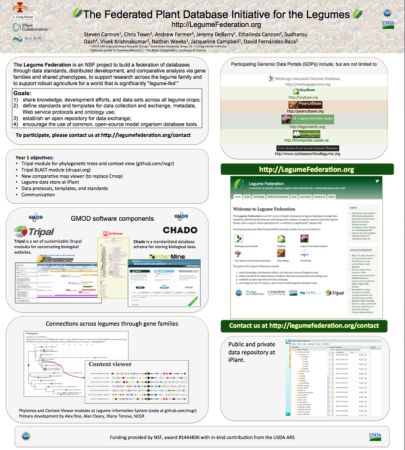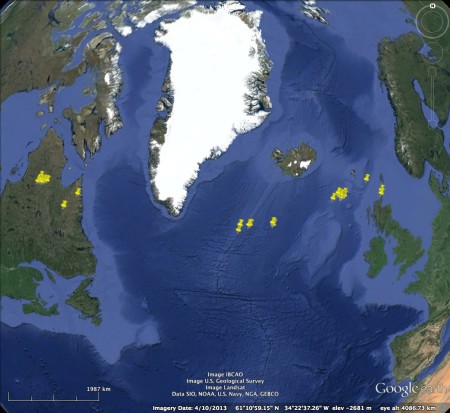Dr Jess Fanzo had a paper in the works on the topic when he asked a few days ago “How would you measure agricultural production?” But his pleas for measuring nutrition per hectare, rather than just calories or yield, certainly gets a boost from the article, and in Science, no less.
Here is what Prof. Ruth DeFries of Columbia University, who is the lead author, and others ((DeFries R, Fanzo J, Remans R, Palm C, Wood S, & Anderman TL (2015). Global nutrition. Metrics for land-scarce agriculture. Science (New York, N.Y.), 349 (6245), 238-40 PMID: 26185232)) think:
We propose a metric of “nutritional yield,” the number of adults who would be able to obtain 100% of their recommended DRI [daily dietary reference intake] of different nutrients for 1 year from a food item produced annually on one hectare.
Why? Because…
…nutritional needs for a wide range of essential nutrients in the human diet have generally not been included in considerations of sustainable intensification. Access to food with high nutritional quality is a primary concern, particularly for 2 to 3 billion people who are undernourished, overweight, or obese or deficient in micronutrients.
They even provide a worked example, highlighting the fact that many neglected staples are more nutrient-dense than boring old rice, wheat and maize.
In 2013, for example, on average one hectare of rice produced 4.5 metric tons/year, which is the equivalent of providing the annual energy requirement for 19.9 adults. Millet produced only 0.9 metric tons/ha per year, the annual energy requirement for 4.0 adults. However, a hectare of rice fulfills the annual iron requirement for only 7.6 adults, compared with 15.3 for millet.
Leave aside for a minute that, depending on what particular millet is meant, rice vs millet is an unusual comparison to be making. This does sound like a promising idea; but here’s the problem I see. You have to do the calculation for each damn nutritional factor: protein, iron, zinc, whatever. How do you know which to pick for any given comparison you want to make? Is there no way to come up with a more synoptic nutritional yield score? One that takes into account multiple nutrients at once, rather than one at the time. How about this, for example:
the number of adults who would be able to obtain at least 50% of their recommended DRI of all of X nutrients for 1 year from a food item produced annually on one hectare
Where X is whatever nutritionists think is a sensible basket of nutrients. After all, people rarely need just iron.

